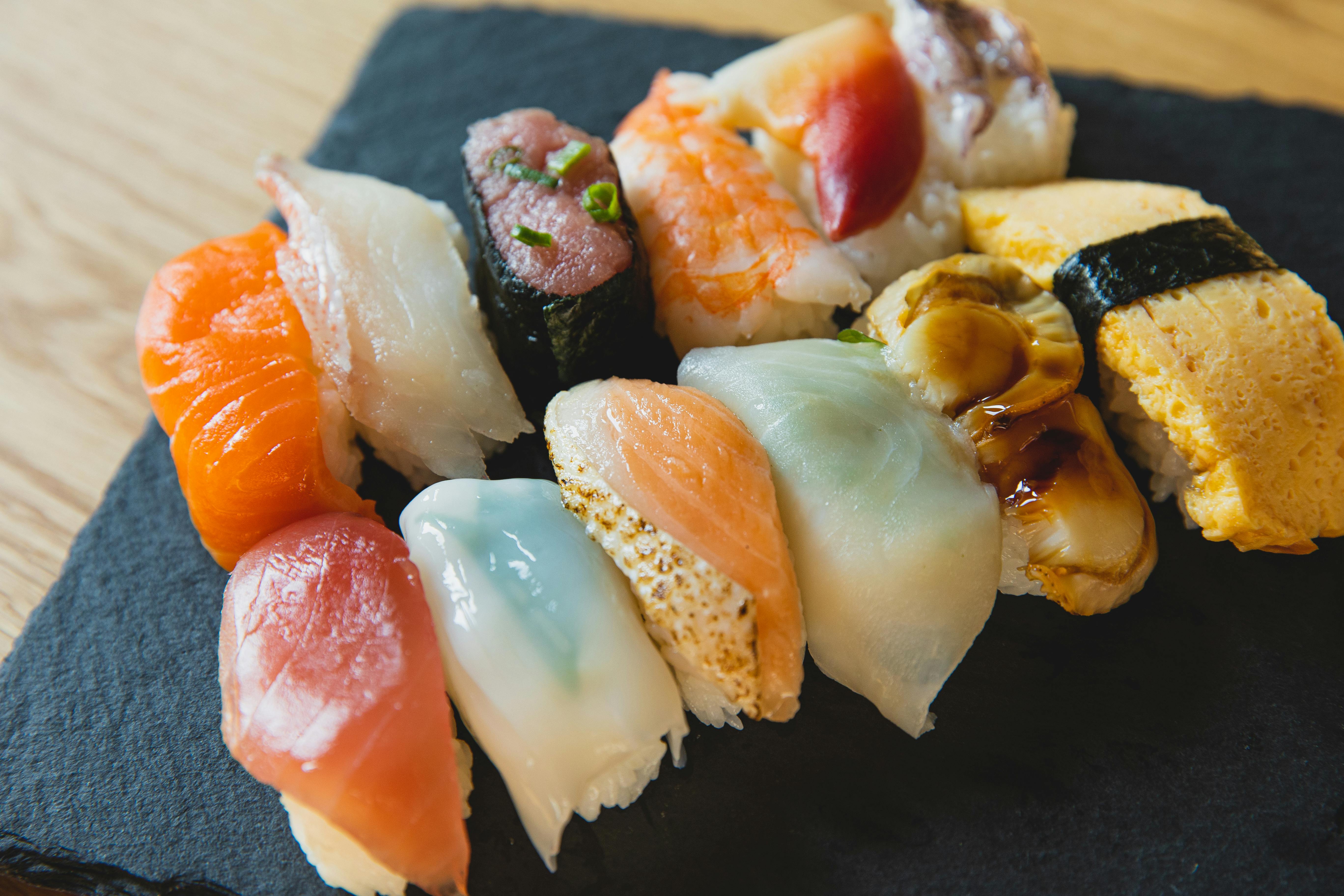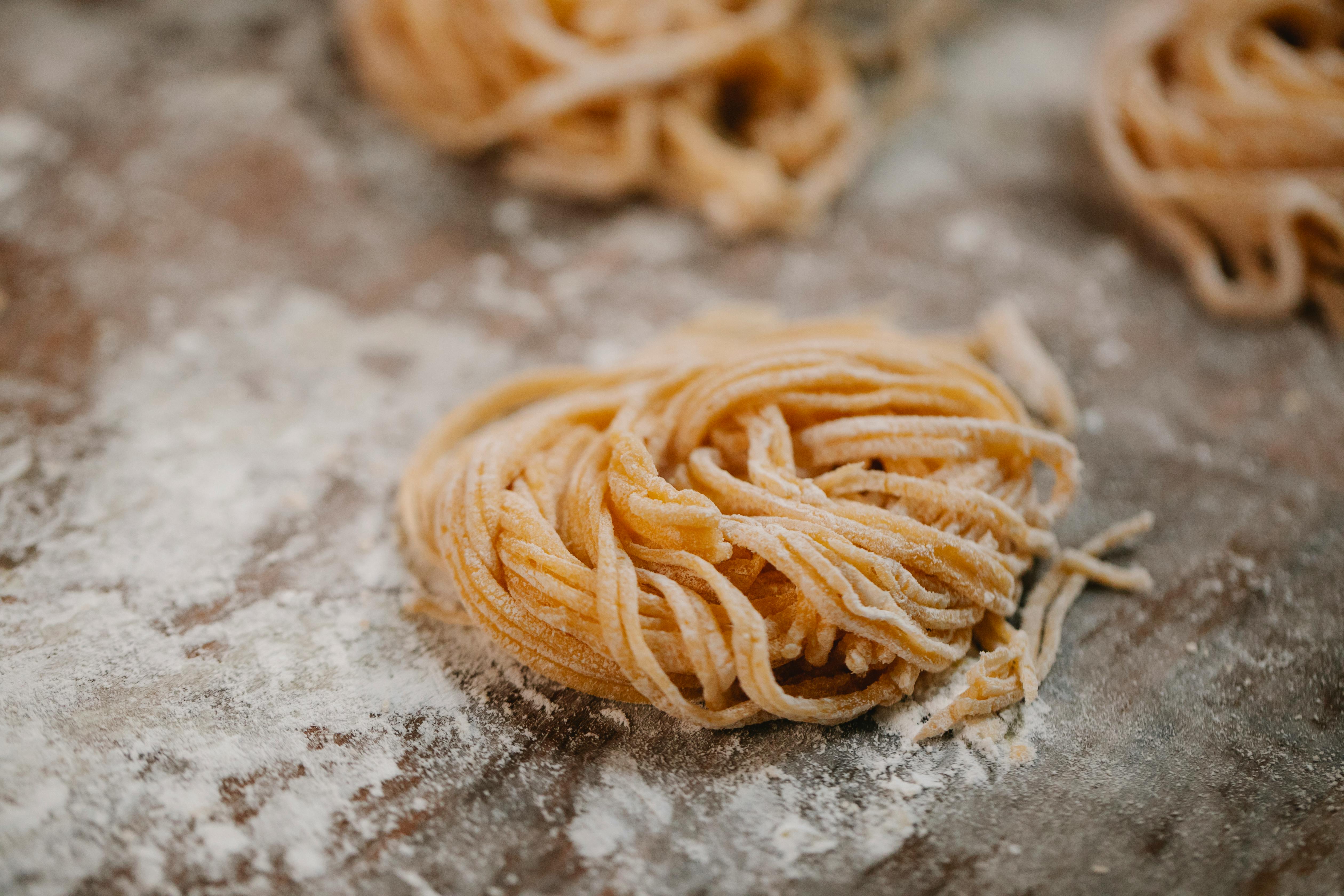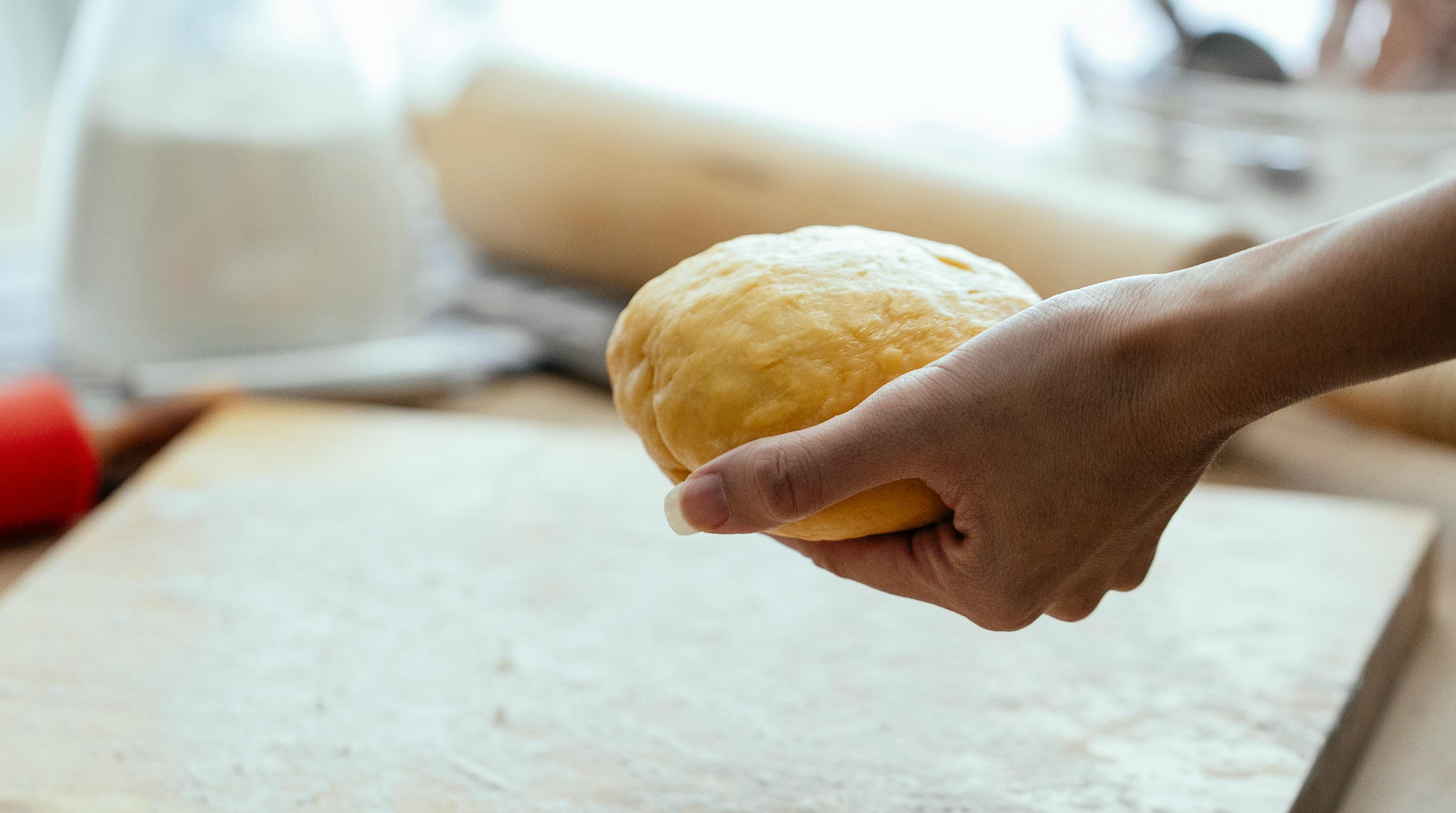Where does writing about the Psychology of Collecting come from? I have no degree in any of the behavioral sciences. (I took Psychological Foundations of Education for my teaching credential a few years ago. I got an ‘A’, but frankly, I thought it was all a bit silly.) The answer is simple. I have made a hobby of observing people’s hobbies. Talk to them -or more exactly- listen to them talk about a topic they love. (And I have to say, there are worse ways to learn about something. An interesting speech and a boring speech are often separated by little more than the speaker and their interest in that topic.)
Collecting could be considered a subset of a larger human behavior called, if only for convenience, hobbies. But I’m not sure this is true. My theory is that collectors and hobbyists are completely different things. Take the model train people as evidence. I used to take my case work to train shows when they came to Northern California. The nice people, the model, train the ‘amateurs’, but they come in two distinct flavors. There are those who build roads and small cities and mountains, etc. and then play with their trains. Then there are the collectors who are somehow forced to own a sample of every locomotive Lionel made in any given year. Or all the Lionel locomotives ever made. Or all locomotives, cars, tankers, cabooses, etc. of a certain scale/year/manufacturer. Often they don’t even open the package, which reduces the value, they told me. Both builders and collectors go to the same show and -I suppose- they talk to each other -but they are completely different species.
PATHOLOGICAL COLLECTORS:
There are some poor souls who are pathological in their collecting. Not my word, ‘pathological’. Researchers use this word to describe collecting to the point that it interferes with daily life. Their houses are full, and I mean literally every square foot-from-floor-to-ceiling-full-until-it-crashes-through-the-floor-below FULL of stuff. These people usually have no interest in the things in their collection, but they get angry if someone gets tired of taking them away. There is some research indicating how this might be explained. Steven W. Anderson, a neurologist, and colleagues at the University of Iowa studied 63 people with brain damage from stroke, surgery, or encephalitis who had had no previous problems with hoarding before their illness, but afterward began filling their houses with things like old newspapers, broken appliances, or boxes of junk. The good doctor says:
All of these compulsive gatherers had suffered damage to the prefrontal cortex, a region of the brain involved in decision-making, information processing, and behavior organization. People whose picking behavior remained normal also had brain damage, but it was instead distributed throughout the right and left hemispheres of the brain.
Anderson postulates that the drive to gather stems from the need to store supplies such as food, an drive so basic that it originates in the subcortical and limbic portions of the brain. Humans need the prefrontal cortex, he says, to determine what “supplies” are worth hoarding.
I need to make one last point before moving on to the simply crazy non-pathological collectors. All the reading I’ve done suggests that collecting for whatever reason and to any degree is poorly understood and there really isn’t much clear research out there. This brings me back to my starting point: I claim to be an expert in the psychology of collecting because no one else is more qualified than me.
NUT-CASE MANIFOLDS (non-clinical):
Anything less ‘traumatic’/’dramatic’? – and it’s pretty clear I’m on thin ice psych talk here – they’re just the collectors of obsessive-compulsive disorders. No detectable brain damage, just plain old OCD, or we could call it OCCD (obsessive compulsive collecting disorder). But I wonder how many people who are truly committed to a given subject (coin collecting, the Denver Broncos, UFOs, conspiracy theories, you name it) have family and friends looking at them, shaking their heads, and muttering something about OCD? under their breaths. But before moving on to the collectors: collectors with a capital C, coins, stamps, model railway car collectors, etc., we might consider the collector in all of us. There is a delightful story written by Judith Katz-Schwartz – Remembering Grandma. Her grandmother was a refugee -at a very young age- from Tsarist Russia who collected…. and I quote…
…the tips of Bic pens neatly wrapped with rubber bands; hundreds of tiny clothespins strung on safety pins; at least a hundred glass jars, all sparkling clean; eighty-seven Ace bandages neatly rolled and fastened.
I thought this was kind of funny, until the guy I share a wood shop with reminded me of the two big garbage bags I’ve filled with carefully cleaned bottles of BBQ sauce. I love BBQ sauce and eat it on almost everything. About a bottle a week. I have no idea what will come out of them, but I KNOW there will come a day when I will be glad to have all these empty BBQ sauce bottles.
Judith sums it up beautifully and with kind and rare insight I think. In the aforementioned article, she closes with…
Some people collect for investment. Some collect for pleasure. Some people do it to learn about history. And some people “keep things” because it helps them fill a void, calm fears, erase insecurity. For them, collecting provides order in their lives and a bulwark against the chaos and terror of an uncertain world. It serves as a protector against the destruction of everything they have ever loved. Grandma’s things made her feel safe. Although the outside world was a dangerous and ever-changing place, she could still safely sit in her apartment at night, “gathering my things.”
Then there was an episode of the TV sitcom Third Rock from the Sun. You may remember that Dick (John Lithgow) became obsessed with Fuzzy Buddies. I think “Fuzzy Buddies” is the producer’s way of avoiding being sued by the people who make “Beanie Babies.” If one were to be perfectly honest about things, I suspect that most, if not all of us, saw a bit of ourselves in the character.
There is another rather unique type of kooky collecting: the kind practiced by dictators while hoarding trinkets. Possible motives for collecting abound: compulsion, competition, exhibitionism, the desire for immortality, and the need for expert approval. According to Peter York, a British journalist who studied dictators’ decor for his book Dictator Style, he recognizes all of the above in his models. It’s basically the job of a dictator, he says, to take everything over. For example…
saddam hussein
Sci-fi fantasy paintings with menacing dragons and scantily clad blondes.
adolf hitler
Bavarian furniture from the 18th century. Munich antique dealers were ordered to keep an eye on it.
Kim Jong II
20,000 videos (Daffy Duck cartoons, Star Wars, Liz Taylor and Sean Connery movies)
idi amin
Several race cars and lots of old film reels of I Love Lucy reruns and Tom and Jerry cartoons.
Joseph Stalin
Westerns with Spencer Tracy, Clark Gable and John Wayne. Stalin also inherited the films of Joseph Goebbels.
He also notes that “some of these people,” he says, “were really very short.”
VICTIM COLLECTORS:
I don’t know what to call this set. There are some companies that sell things so well, and with such a terrifying vision for their customers, and do it with such deliberate and carefully designed marketing plans to exploit the sins of poor collectors, that these collectors are victims of something, themselves. , or the petty. old marketing companies, I don’t know which ones.
A good example is Hallmark cards and their keepsake Christmas decorations. Note particularly the word “memory” and compare it to the idea of ”nostalgia.” (Any research into collecting by doctors seems to depend on the word “nostalgia”.) It’s reasonable to collect things that speak of the past. This is neither more nor less than any historical museum. It is also reasonable to collect things that trigger -hopefully- fond memories of our own past. (People my age remember Chutes and Ladders and Candy-Land. This is the sort of thing Daniel Arnett writes about in his Why We Collect article, posted elsewhere on this site.) But these things are authentic.
Hallmark has made millions – and I have nothing against making money – selling false nostalgia – and let’s not beat around the bush – to women. If you were to read the articles I have, it also seems clear that these women are not women with careers, educations, children to raise or, and we’re still not beating around the bush, much else to do.
And how far will Hallmark go to get these poor women to buy the next ornament, or a series of 5 or 10 ornaments? Seminars, conventions, newsletters, autograph opportunities (the artists) and advance presentations. (Advance Views Of Plastic Ornaments Removed By The Millions??? YES!)
Not just Hallmark either. Consider Franklin Mint, Hummel Figurines, small English country house ceramics, commemorative plaques with Elvis painted on them. Not in vain are these things ‘nostalgic’. Every time a kids movie comes out, McDonald’s or Burger King have little plastic toys/figurines/antenna balls of each character. Then children of a certain age should be fed Happy Meals until they have the entire collection. (For kids, “nostalgia” goes back to the movie they saw a week ago.)
ACCIDENTAL COLLECTORS:
My sister tells me about a fourth and final category of collector. This guy could also be seen as a victim, but I chose to call them accidental. She writes…
Someone once mentions that they like X and then for years all their friends give them is X and then they really start to hate X. Loren and Bonnie [my nieces] I once had a teacher that everyone in the whole school knew loved giraffes and collected them. He was talking to her one day and he told me that it all started years ago when he was explaining a project that the children had to do to tell themselves. She used herself as an example and said out of the blue that she liked giraffes. Now this poor woman has received every possible giraffe ever made. She told me that she doesn’t even like damn animals.
The psychology of these poor souls is easy to understand. They are the ‘codependent’ nexus (‘accidental enablers’?) of mild mass OCD. They know you mean well, but they’re too nice to say anything to get you out of it. What are you going to do?
Judith has a wealth of excellent advice to offer collectors. And some very nice own things for sale. Visit her Twin Brooks site and her book Secrets of a Collecting Diva. If I had had her book before writing some of my articles, it would have saved me a lot of time researching and making things up.









